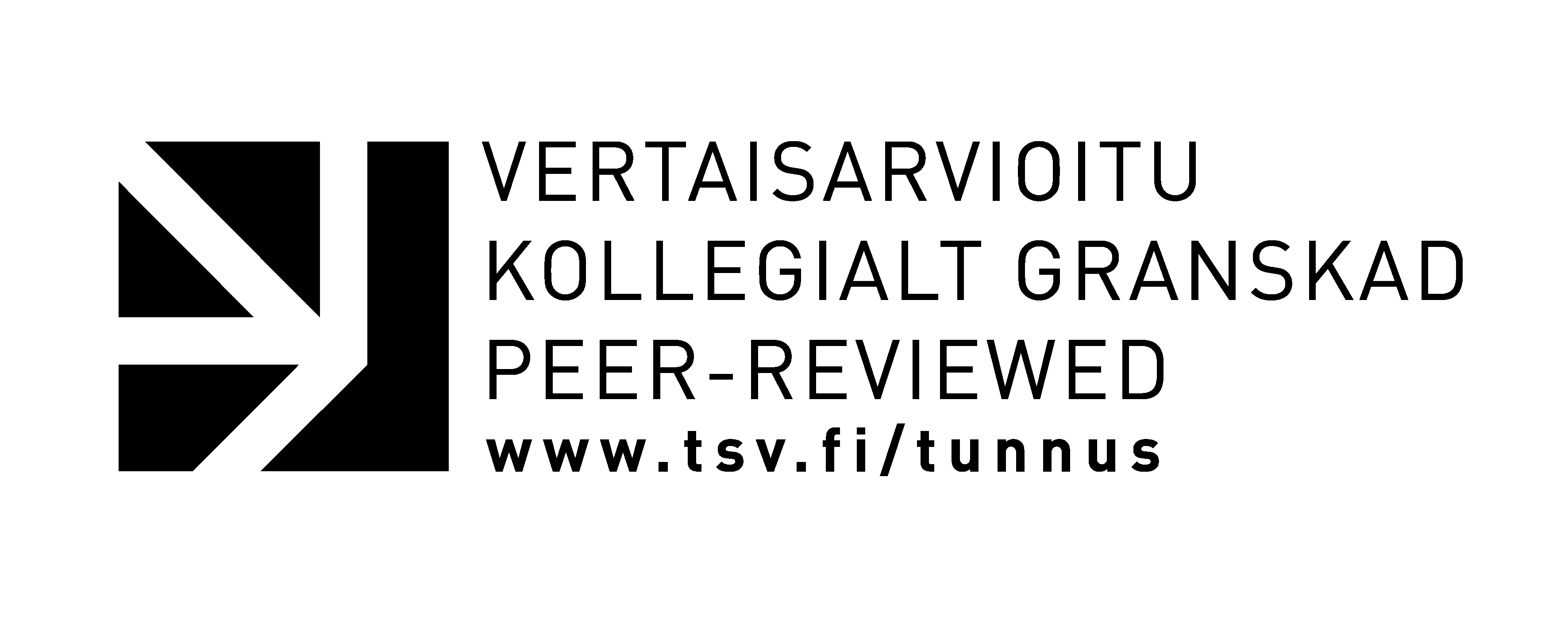The Finnish Breadline: an enforcer of social class and right to space?
Abstrakti
The Finnish breadline is known for long lines of people queuing up to receive
food aid. However, when looking deeper into the breadline we can see that it is acting as a
marker of poverty. It is highlighting and labelling the financial situation of those who stand
in the line and also influencing the way people behave, interact and use common space.
This article looks at how the breadline is furthering exclusion due to perceived social class,
what does it mean from the perspective of the rights and how the use of public space
around the breadline is compromised. The empirical study focuses on Kallio, Helsinki.
Kallio is known for being a traditional blue collar working area, and more recently it has
become a popular and fashionable place due to low level gentrification. The gentrification
has manifested in rising house prices and cultural changes which appeal to younger
generations of residents.
The article is based on thesis work grounded on empirical research and fieldwork
consisting of immersive observations, observations and a small-scale survey.
The study shows that a lengthy breadline is problematic in terms of increasing the level
of stigmatisation for those in the line. The queues also influence the area negatively in
terms of its physical upkeep and social behaviour. It argued that the breadline has become
a pocket of social unrest and general disregard for the space around it.







